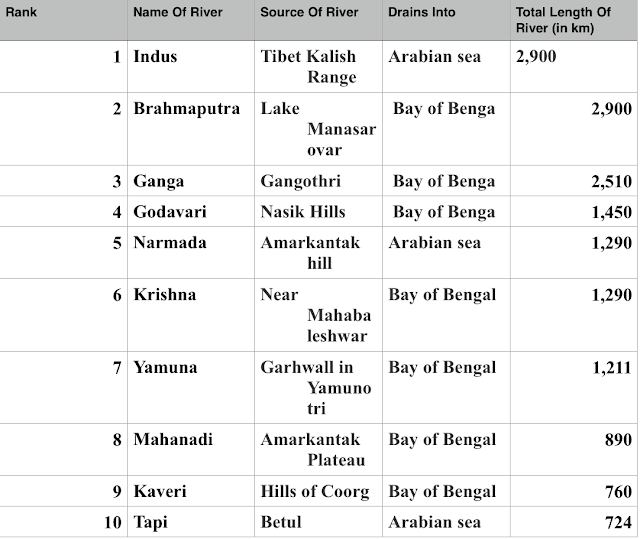The Importance Of Rivers In India
Rivers are the lifeline of the Indian people. Numerous small and large, and short and long rivers flow in different sections of the country where they play the extremely significant role of maintaining the biodiversity of India. These rivers also support dense human settlements that exist along their banks. Most major cities of India are located along the banks of one of its many rivers. Rivers supply water for drinking and other domestic use, offer a means of cheap transportation of people and goods, and help in generating electricity to meet the needs of the Indians. Rivers of India also support the livelihood of a major population of the country who are dependent on the river for fishing, and other economic activities. Rivers are also considered sacred by the Hindus of India and thus numerous temples and other religious structures are located along the banks of India’s rivers.
The Major Sources Of India’s Rivers
The three main watershed systems give rise to most of the major rivers of the country:
- The Karakoram and the Himalayan Ranges
- Western Ghats or Sahyadri in western India
- Vindhya and Satpura ranges in Central India’s Chotanagpur Plateau
Where Do These Rivers Go?
Most of the rivers of India flowing eastward drain into the Bay of Bengal. Some of the rivers that flow westward drain into the Arabian Sea. Inland drainage systems exist in parts of Ladakh, arid parts of the Thar Desert, and the northern parts of the Aravalli Range.
The Longest Rivers Of India
Typically, one can say that the River Ganga is the longest river in India. However, the Indus and the Brahmaputra Rivers that also flow through the country are longer in size than the Ganga River. Why then do we consider the Ganga to be the longest river in India?
The fact that both the Indus and the Brahmaputra are not completely confined to the India territory makes them shared rivers with other countries. Thus, these rivers also flow for a part of their length outside India. Keeping this into account, Ganga is the longest river that completes its full course (from source to mouth) within India. The river has a total length of 2,510 km. The Indus and the Brahmaputra Rivers are both about 2,900 km long but not the entire length of these rivers flow through India. The Brahmaputra flows in Tibet before entering India while the Indus flows into Pakistan.

No comments:
Post a Comment